Kickboxing is a dynamic martial art that has evolved from both traditional karate and boxing. Combining the striking techniques of both sports, kickboxing has evolved into a full-contact sport that is popular world wide. In this article, we will provide you with an in-depth look at kickboxing and its various facets, including its origins, styles, famous practitioners, benefits and training elements.
Kickboxing has its roots in the martial arts of both Japan and Thailand. However, it wasn’t until the 1960s and 70s that the sport began to take shape as we know it today. The first documented event took place in Osaka, Japan in 1966, where a karate practitioner faced off against a Muay Thai fighter. This event marked the beginning of a new combat sport, which combined elements of both karate and Muay Thai.
Initially, kickboxing was seen as a way to pit practitioners of different martial arts against each other to determine which style was superior. However, as the sport gained in popularity, it began to take on a more structured format with standardised rules and weight classes. Kickboxing spread throughout Japan and eventually made its way to the United States in the 1970s, where it gained a dedicated following.
As kickboxing evolved, various styles and organisations emerged, each with their own rules and regulations. However, one thing remained constant: the sport’s emphasis on striking with hands, feet, knees, and elbows. Today, kickboxing is a widely recognised combat sport that is practiced around the world, with competitions held at both amateur and professional levels.
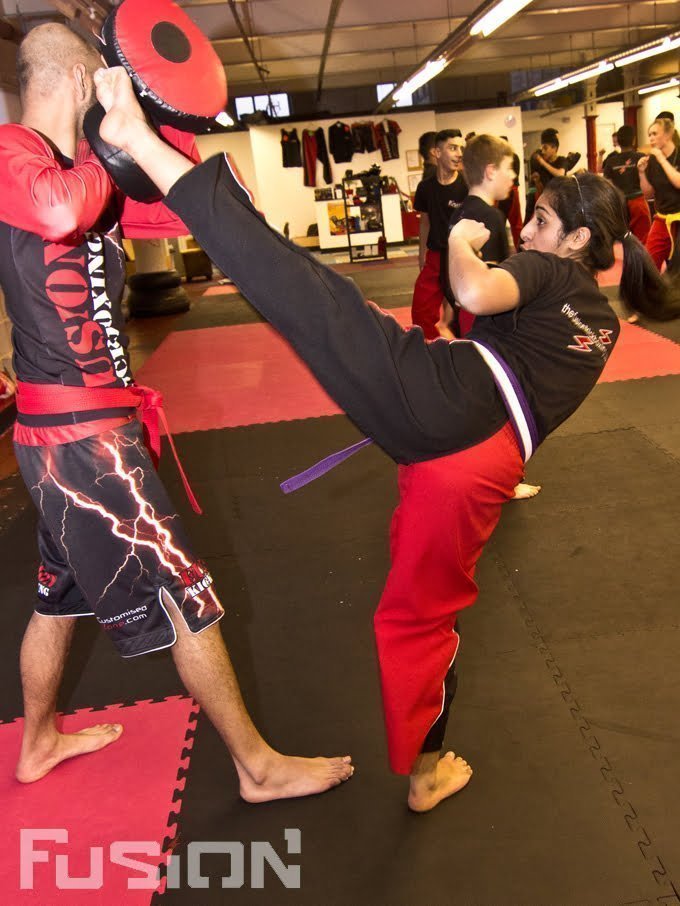
Kickboxing is a diverse combat sport with several styles that differ in rules, permitted techniques, duration of bouts, and competition areas.
Semi-contact, also known as points fighting, is a style that focuses on controlled techniques. The fighters must touch their opponent with their techniques, and points are awarded for successful strikes. The strikes must be delivered with speed and accuracy, and the fighters are not allowed to hit their opponent with full force. The duration of bouts under semi-contact rules varies, but they are typically shorter than those in full-contact. Competitions in this style usually take place on mats or in rings.
Light contact, also known as continuous fighting, is a style where the fighters engage in constant striking for a set time period. The rules are similar to those in semi-contact, but the fighters are allowed to hit their opponent with more force. The bouts usually last between two and three minutes and can take place on mats, rings, or in a cage.
Full-contact, also known as K1, is a more intense style where fighters can knock each other out. The goal is to win by knockout or technical knockout. Fighters are allowed to use a variety of techniques, including punches, kicks, knees, and elbows. The bouts are longer than those in semi-contact or light contact kickboxing and can last between three to five rounds, each round lasting up to three minutes. Full-contact competitions typically take place in a ring.
Other variations include American kickboxing, which allows low kicks and knee strikes but does not permit elbow strikes, and Muay Thai kickboxing, which emphasises the use of knees and elbows and allows clinching. Each style has its own unique rules and regulations, which adds to the diversity of the sport.
Kickboxing has become a popular component of MMA, allowing fighters to use a diverse array of striking techniques in combination with grappling. Many successful MMA fighters have a foundation in kickboxing, including Israel Adesanya, Stephen Thompson, and Gokhan Saki, who have all achieved great success in Bellator and the UFC with their striking skills.
Several other notable MMA fighters have a kickboxing background, such as Anderson Silva, Georges St-Pierre, and Michael ‘Venom’ Page. These fighters have shown how kickboxing can play an important role in MMA and help fighters excel in the striking department.


Kickboxing has gained immense popularity across the globe, and there are several well-known organisations dedicated to promoting this sport. The following are some of the top organisations in K1, and MMA:
Over the years, kickboxing has produced several famous athletes who have made a name for themselves in this sport. Here are ten famous athletes who have excelled in K1 and MMA:
Kickboxing has also been featured in several films and TV series, and many actors have portrayed kickboxers in their roles. Here are five famous actors who have played kickboxers in movies and TV shows:

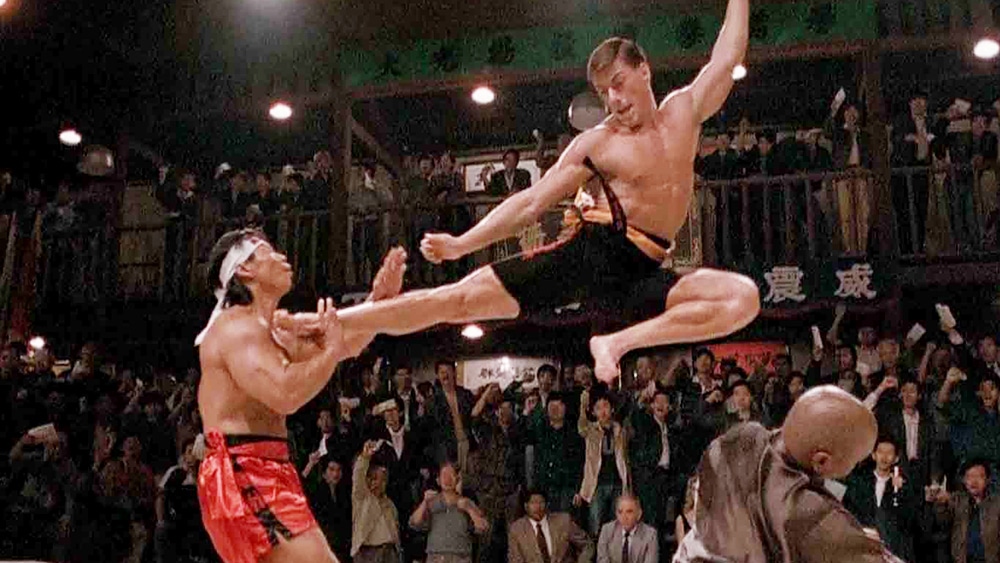
Kickboxing is a highly effective form of exercise that offers numerous physical, mental, and social benefits. Physically, kickboxing helps to enhance cardiovascular health, build muscular strength, increase flexibility, and reduce body fat. The high-intensity nature of the activity also makes it an excellent way to burn calories.
Mentally, kickboxing can help to reduce stress levels, boost self-confidence, and improve overall well-being. By providing a healthy outlet to release pent-up emotions and frustrations, kickboxing can help individuals manage their thoughts and emotions. Moreover, mastering new skills and the sense of accomplishment that comes with it can improve self-esteem and overall mental health. Kickboxing can also enhance concentration and focus, making it easier to stay on task and manage daily stressors.
Beyond the physical and mental benefits, kickboxing also offers a sense of community and friendship. Kickboxing classes promote a supportive and inclusive environment, where individuals can connect with others who share similar interests and goals. The camaraderie that develops within the class can create a positive and motivating atmosphere, making it easier to stay committed. Additionally, the opportunity to meet new people and form new friendships can contribute to overall well-being and social health.
In summary, kickboxing is an excellent exercise that offers numerous physical, mental, and social benefits. By engaging in regular kickboxing sessions, individuals can improve their physical health and well-being, manage stress levels, enhance self-confidence, and form meaningful connections with others. Kickboxing is a fun and rewarding addition to any fitness routine and can contribute to a healthier and happier lifestyle.
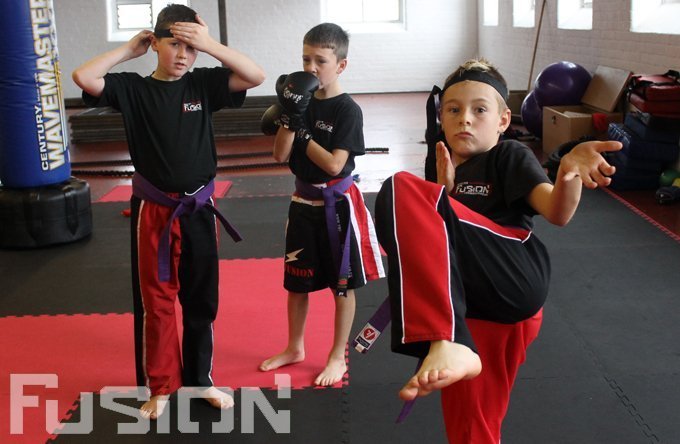
Kickboxing can be a valuable tool for both adults and children to protect themselves from physical harm and bullying. The fundamental skills acquired in kickboxing, such as striking, blocking, and footwork, can be applied to fend off an attacker in a hazardous situation. By practicing kickboxing, individuals can also improve their reaction time and reflexes, which can help them evade or elude an assailant. In addition, kickboxing can empower individuals with the confidence and assertiveness necessary to stand up to bullies and defend themselves from aggressive behavior.

Kickboxing is a physically demanding sport that requires a lot of hard work and dedication to achieve success. At Fusion Martial Arts Centre, we use various training methods and equipment to help our students develop their skills and improve their performance. Here are some of the training methods we use:
At Fusion Martial Arts Centre, we use various pieces of equipment to help our students train effectively, including:
Training applications include basics/shadow boxing, where students practice their strikes and footwork without a partner, and sparring, where students practice their techniques with a partner in a controlled setting. Each method improves the practitioner’s skills and performance in kickboxing and can transfer over to other sports as well.
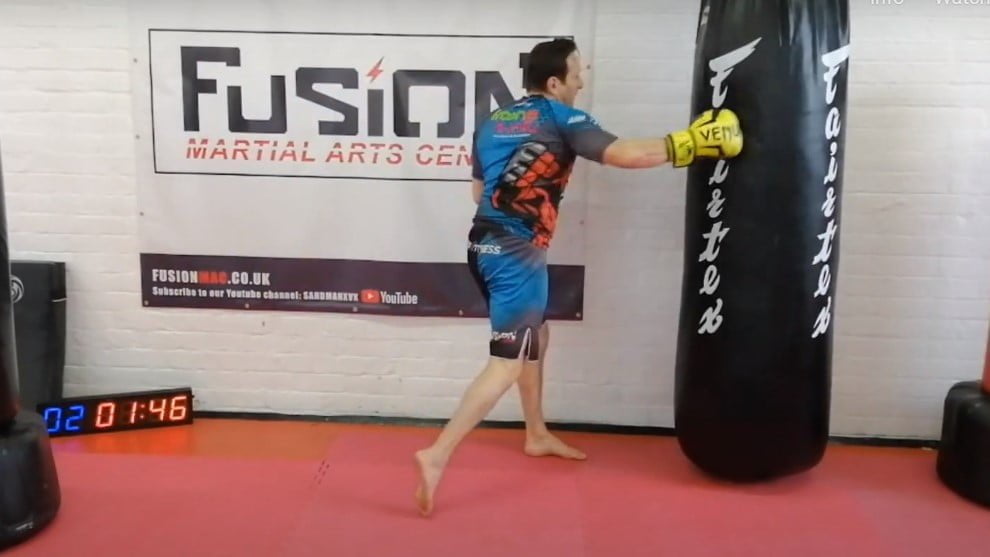
Our grading system is designed to track students’ progress and provide goals for them to strive towards. At Fusion Martial Arts Centre, we have a structured belt system with nine levels, starting with the white belt for minis only and progressing through red, yellow, green, purple, purple and white, brown, brown and white, and brown and two white belts, and ultimately, the black belt. Students are evaluated on their technique, skill, knowledge, and attitude, and they must pass a test to advance to the next belt level. Grading is a great way to measure one’s progress in kickboxing and serves as a motivator to improve skills and knowledge.
Kickboxing is a dynamic and exciting sport that offers numerous physical and mental health benefits. At Fusion Martial Arts Centre, we are passionate about teaching students of all ages and abilities. Whether you’re looking to get fit, learn self-defence skills, or compete at a high level, our experienced instructors can help you achieve your goals. We provide a free consultation for new students where we discuss joining and training fees and offer a free taster session. Most importantly we welcome beginners, so if you’re interested in trying a taster lesson, contact us today to book your free consultation and experience the thrill of this amazing sport.
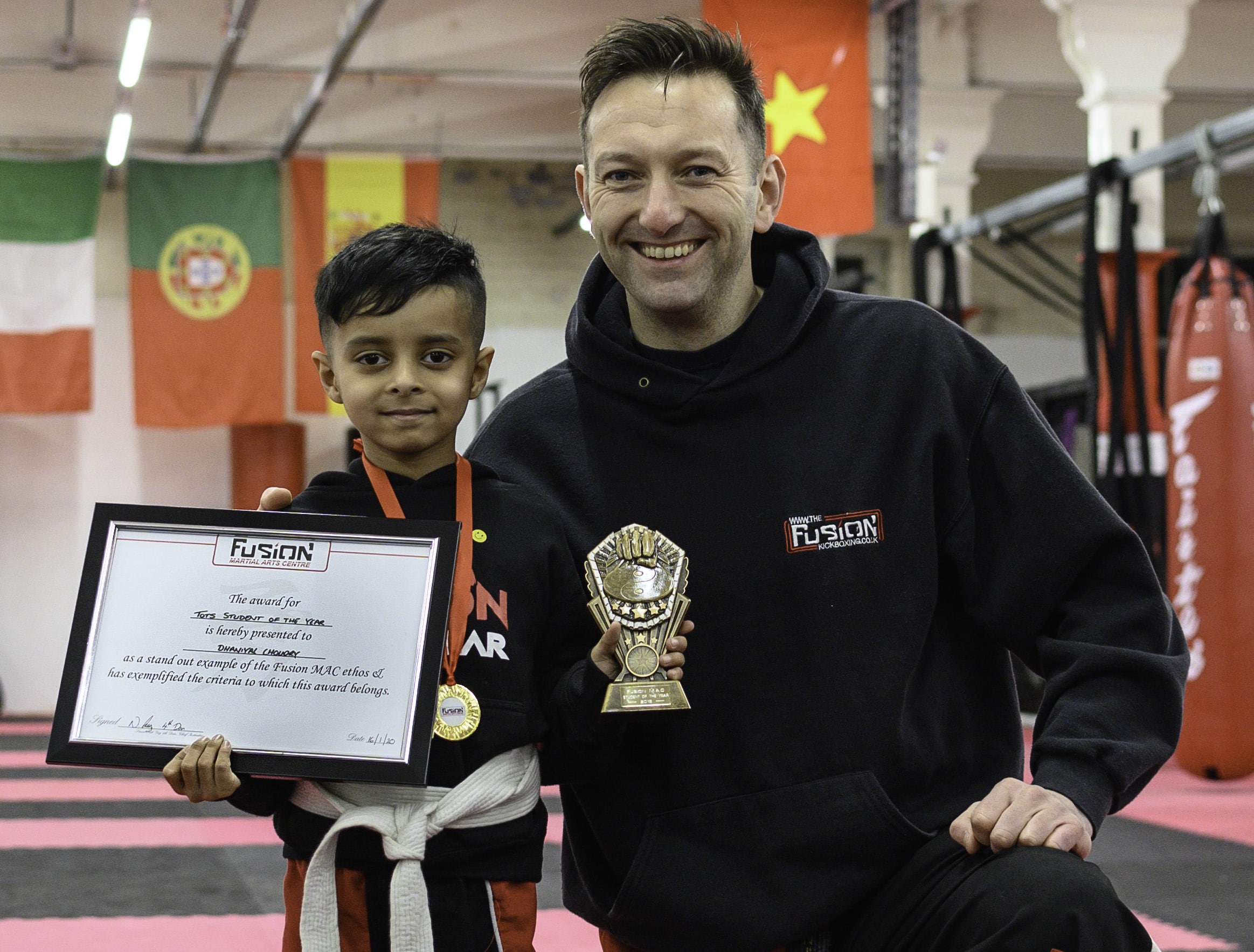
If you are looking for kickboxing near me in Bradford or Queensbury, look no further than Fusion Martial Arts Centre. We are conveniently located in Bradford, BD13 and offer flexible class schedules to fit your busy lifestyle. Our friendly and knowledgeable staff are always happy to answer any questions you may have and help you get started on your kickboxing journey.
So why wait? Sign up for a FREE trial kickboxing class today and start experiencing the benefits of this exciting and empowering martial art. Whether you are looking to get in shape, learn self-defence, or simply have fun, kickboxing is the perfect choice for you. Join us at Fusion Martial Arts Centre and let us help you achieve your goals!
